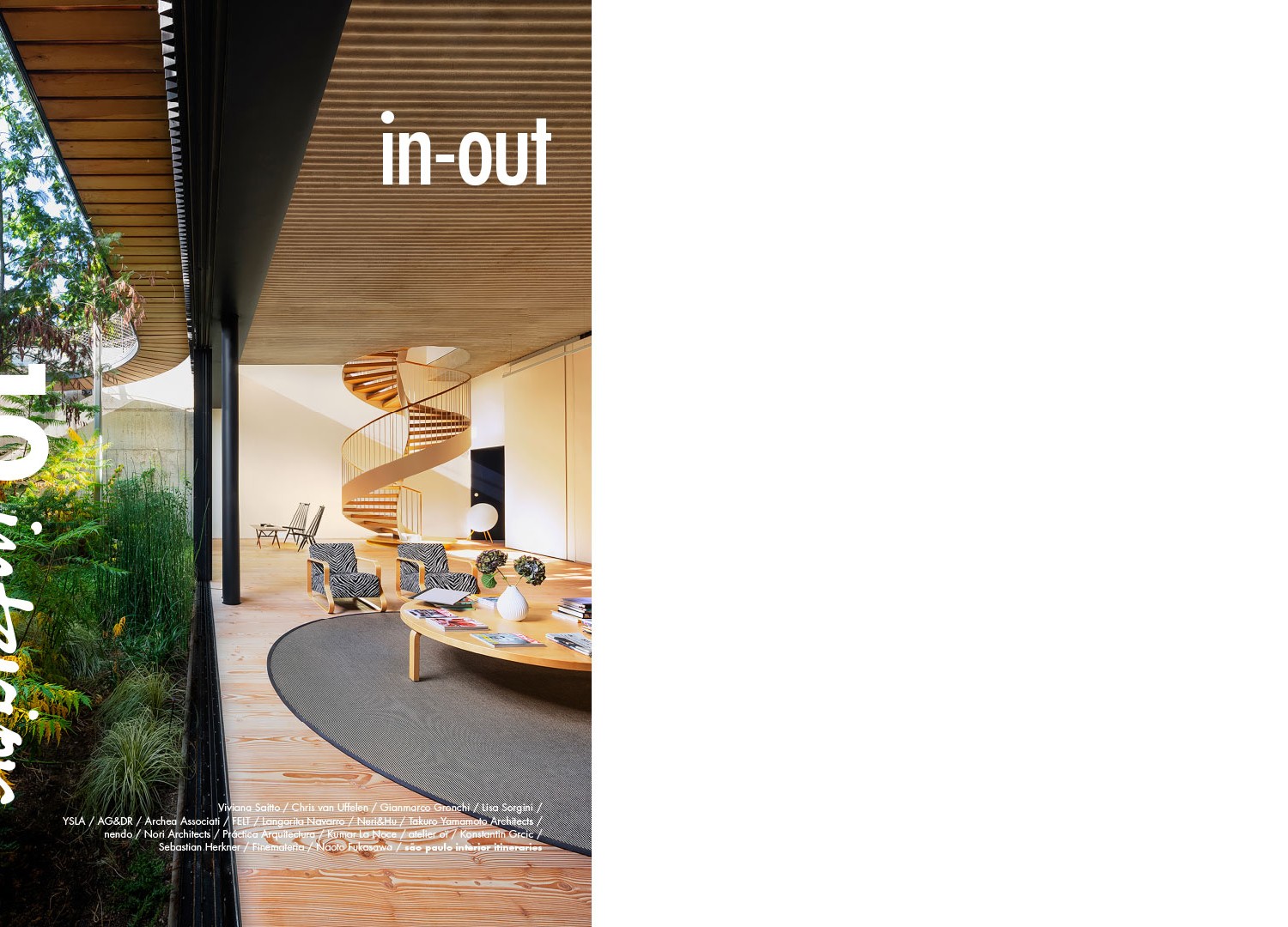
Every work of architecture has an inside and an outside. Indeed, it is the conviction of historian Bruno Levi that for any structure to be called a work of architecture, it must contain a space. Consequently, the categories most thoroughly studied in the field of project design have always focused on the theme of the exterior, the container, or the interior, or habitable spaces. Obviously, the relationship between the characteristics of the container and the space contained form a whole, which is the work seen in its entirety, according to a well-known duality that extends from the building to the city as the relationship between solids and emptiness. If that is true and obvious, it is of particular interest for the people concerned – and for the project itself – to make sense out of the particular undefined space, often identified as the “threshold”, that marks the passage between the outside and the inside: a determination as crucial as the architectural definition of those intermediate places that are a separate category, as they effectively belong to both.
For domestic space and the quality of living “in” the home, it is thus decisive, and very much appreciated in terms of value, to be able to also live “around” the home, according to a possible dilation of the interior space, which obviously depends to a great extent on climatic and environmental factors, being smaller and even optional in cold climates, larger and more essential in temperate and warm climates. We may have a terrace, a porch, a garden, a deck, the availability of which is obviously related to the economic and social conditions of the residence. The study of these amenities, and the definition of their architectural, spatial and textural relationships and contribution to home environment are of particular interest, worth exploring in depth just for the impact they have on the quality of life of the family living there. It should also be noted that technology has advanced to a point where glassed windows, doors and entire walls are possible and increasingly efficient in acoustic and thermal, as well as practical terms, making the architectural containers more ethereal, contiguous and interconnected than ever before with the outside. The result of this is that even the characteristics of the furniture and accessories have to correspond in formal terms, in consideration of their visual continuity and frequent use, which makes them more perceptible than in the past. The importance of these environments became more obvious and pressing at the global level with the at times dramatic experience of the recent pandemic and consequent lock-down, when it became necessary to delegate many activities to environments outside the home, from the more physical ones to even study and work, when one of the elements of real hardship and suffering was just the inadequacy of contemporary domestic spaces. For this reason, a full-scale re-examination of the entire system of domestic life, with its many needs in terms of activities possible and spaces available, both indoors and out, is definitely called for and will surely bring about significant cultural changes that will have to be accompanied by appropriate studies and experimentation.
Download cover
Download table of contents
Download introduction of Marco Casamonti


